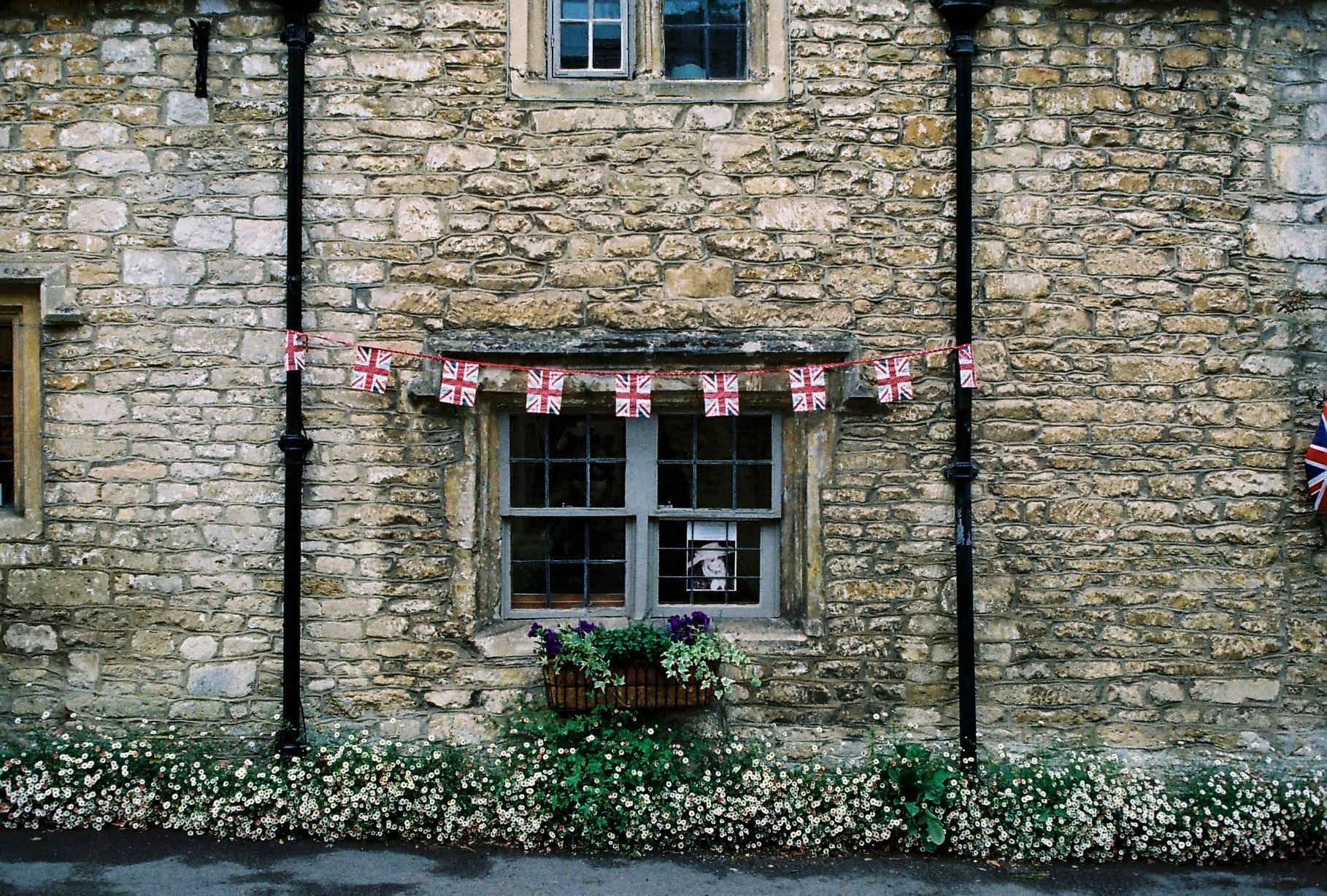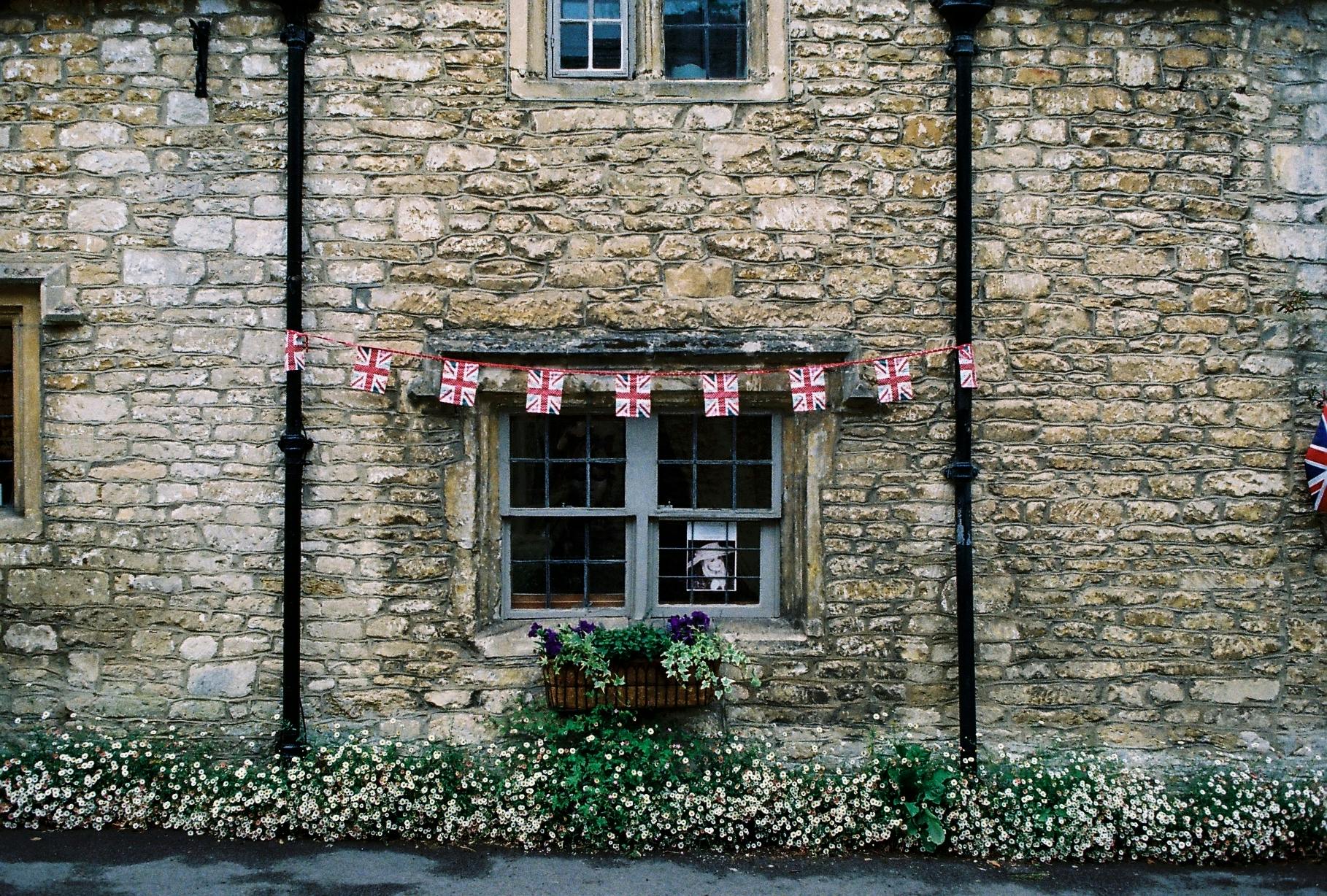
02 November 2024
What is the average house insurance cost in the uk, and is it going up?
What is the average house insurance cost in the uk, and is it going up?
In the UK, property owners invest significant time, effort, andmoney into acquiring and maintaining their homes. However, the average house insurance cost in the UK appears to be increasing. One knock on effect of this that often goes unnoticed, is underinsurance. Recent studies indicate that a substantial percentage of UK properties are underinsured, meaning their insurance coverage falls short of the true cost to rebuild their home in the event of a total loss. But what does underinsurance mean exactly, and how can you protect your home from this risk? Let’s delve into the extent of underinsurance in the UK, what is the house insurance average cost in the uk, and what steps you can take to protect your home against this.

What Is Underinsurance?
Underinsurance occurs when the insurance cover on a property is less than the amount required to rebuild it to its original state after a catastrophic event. This could be: a fire, flood, or natural disaster to name a few. One effective tool in determining the correct cover is a rebuild cost estimate. A rebuild cost estimate includes the total cost to reconstruct the building in the event of a total loss—covering materials, labour, and regulatory fees. When properties are underinsured, property owners risk covering a substantial financial gap out of their own pocket, which can be detrimental, especially after suffering a significant loss. Additionally, many policies include an 'average clause', which can reduce the payout proportionally if a property is underinsured, leaving the owner responsible for a larger share of the rebuilding costs.
How Many UK Properties Are Underinsured?
A report by the Building Cost Information Service (BCIS) indicates that up to 70% of UK properties are underinsured (you can read the report here if you’re interested.) This staggering figure highlights the widespread nature of underinsurance and underscores the importance of accurate rebuild cost estimates. Even a 10-20% shortfall in coverage can result in tens of thousands of pounds that owners might have to fund themselves.
Why Are So Many UK Properties Underinsured?
There are several factors contributing to the high rates of underinsurance across UK properties:
- Rising Construction Costs - Building materials and labour costs have risen sharply in recent years. For instance, the cost of timber, steel, and other essential materials has surged due to supply chain disruptions and inflation. Without regularly updated rebuild cost estimates, property owners may unknowingly carry outdated coverage levels.
- Misunderstanding Rebuild Costs vs. Market Value - Many property owners assume their property’s market value is equivalent to its rebuild cost. However, market value includes land value and local market demand, which does not affect the actual cost of reconstructing a building. This common misconception leads to many owners choosing coverage that aligns with market value, which is often insufficient.
- Changes and Renovations - Over time, property owners often make improvements or add extensions to their homes. Failing to update their insurance policy after renovations means that the new rebuild cost estimate might exceed the existing coverage. For instance, adding a new bathroom, upgrading to high-end fixtures, or expanding the property increases the overall rebuild cost.
- Inflation and Economic Factors - Inflation significantly impacts the cost of rebuilding due to rising wages, materials, and regulatory fees. Even a small annual increase in inflation can compound over time, leading to a substantial gap between the insured amount and the actual rebuild cost. Even if you have an accurate rebuild cost estimate initially, if you do not review this regularly, the gap can quickly grow out of control putting your home at risk. This is why we recommend an annual rebuild cost estimate to mitigate this. To find out how we can help, click here.
~image~
The Financial Impact of Underinsurance
The financial implications of underinsurance can be devastating. For example, if a property is insured for £200,000, but the actual rebuild cost is £250,000, the owner is underinsured by £50,000. In this scenario, if the property sustains a total loss, the insurance payout will only cover up to the policy limit, leaving the owner to find the additional funds required to rebuild fully.
In cases of partial losses, underinsurance can lead to reduced payouts. Many insurance policies apply an ‘average clause’. For example, imagine your home was insured for £100,000 and you experienced a partial loss totalling £50,000 to reinstate. However, the total rebuild cost was estimated to be £200,000. Since your home is underinsured by 50%, the insurer may apply the average clause, which would limit the payout to 50% of the claim. In this scenario, the maximum they would contribute would be £25,000, leaving you £25,000 short.
~ image ~
Steps to Avoid Underinsurance
Given the significant consequences, it’s essential for property owners to take steps to ensure their coverage is accurate and comprehensive. Here’s how:
- Get a Professional Rebuild Cost Estimate Obtaining an accurate rebuild cost estimate from an RICS accredited surveying company, is one of the most reliable ways to avoid underinsurance. This is an area that we specialise in. We use advanced measurement software and comprehensive cost data to provide accurate rebuild cost estimates tailored to your property.
- Update Your Policy After Renovations Any major renovation, such as adding extensions or high-end finishes, increases the rebuild cost. It’s essential to update your insurance policy to reflect these changes immediately.
- Regularly Review and Adjust Coverage We recommend reviewing your rebuild cost estimate annually as a good rule of thumb. We provide this as an online service that makes the process of annually reviewing your estimate easier.
Conclusion
Underinsurance is a prevalent and costly issue among UK property owners, with up to 70% of properties estimated to be underinsured. By understanding the factors that contribute to underinsurance and taking proactive steps, home owners can ensure they’re adequately protected. Regularly updating your rebuild cost estimate, seeking professional advice, and understanding the difference between market value and rebuild cost are essential practices for safeguarding your investment. If you're unsure about your property’s coverage, get in touch with one of our RICS accredited surveyors for a free consultation on how we can help you. Avoiding underinsurance isn’t just a financial decision—it’s about protecting your home and giving you peace of mind. dscsdcssd

